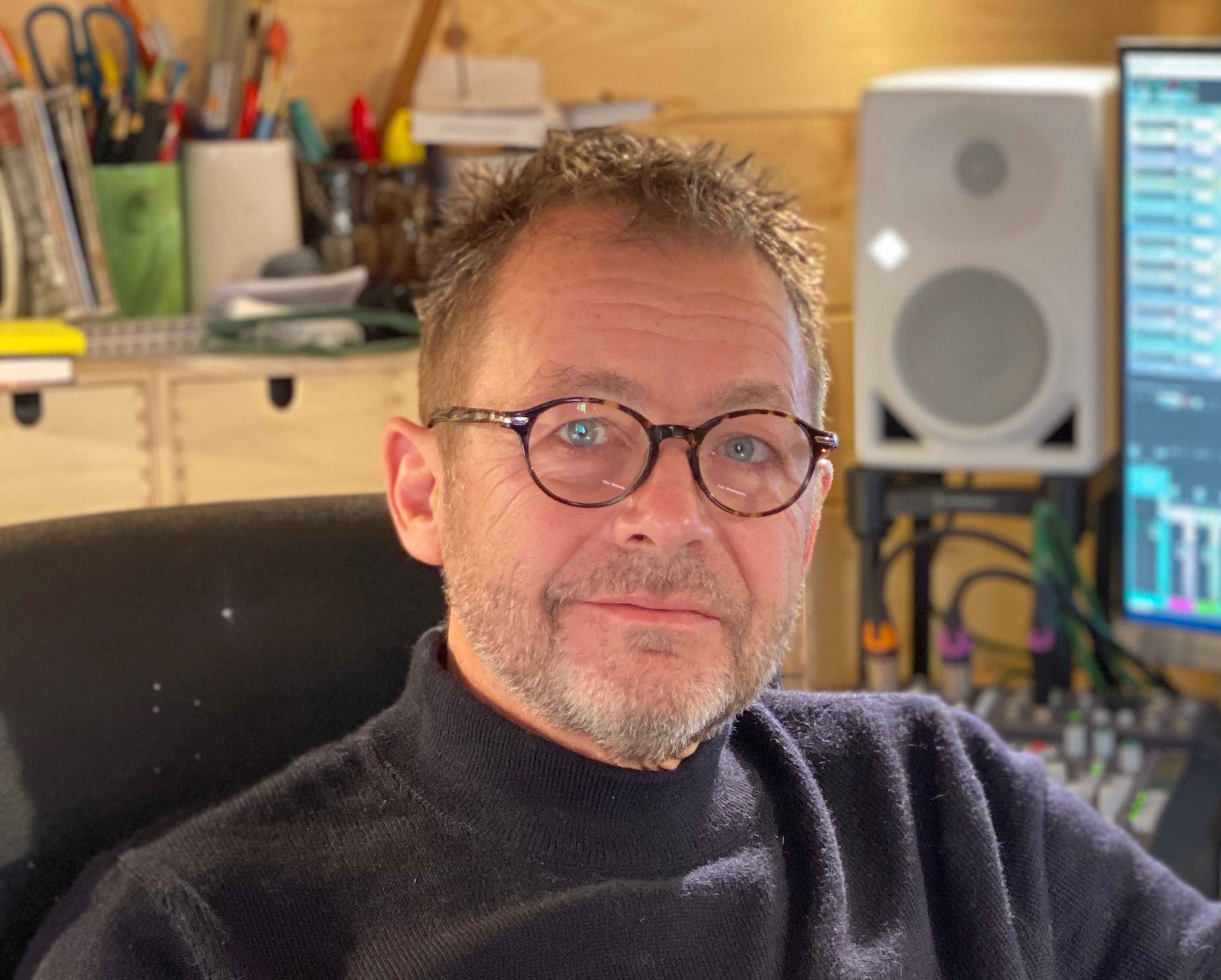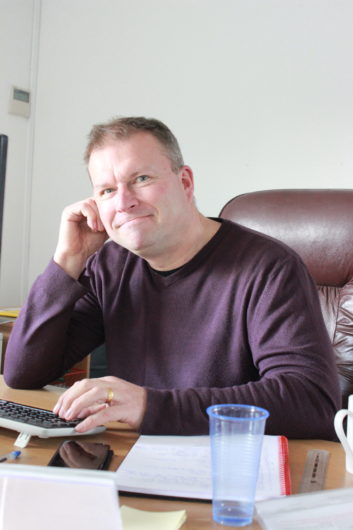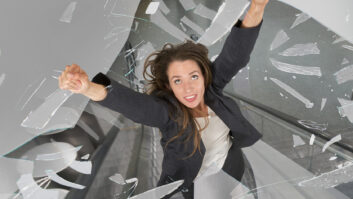As a relatively clean but hi-tech industry, AV’s carbon frontline is energy management. According to the non-profit American Council for an Energy-Efficient Economy (ACEEE), correctly applied energy efficiency could save the US 800 billion kilowatt-hours (kWh) per year, which is a lot of lightbulbs. How many Presidents it takes to change just one of them is a matter for Congress.
Power zone
The ACEEE also lists the following measures as those most likely to make a difference, and all of them have real relevance to AV presentation and installation: waste heat recovery systems; insulation for large buildings; and technology upgrades such as new light sources or devices that can achieve lower consumption without loss of performance. Globally, the entire supply chain has paid a lot of attention to exactly these measures, and if there were a league table for industry sectors doing their bit AV would at least be challenging for a place in the Europa League.
Which is where you would definitely find Amsterdam Arena, for which an audio upgrade highlighted by a new d&b audiotechnik system streamlines power consumption with some elegance. “The quality of the d&b system is not just a few steps up in terms of sonic delivery, there are other benefits, not least massive savings in power consumption,” says arena project manager Tim Oosterop. “The old system, to comply with evacuation regulations, had to be on 24/7. With the new solution it can be off when not in use. Not only that, for smaller events where just part of the stadium is used, the system is zoned, so we have default programmes within the evacuation control customised for us, that trigger the evacuation system to move people out zone by zone.
“Not only is sound improved throughout the venue, audio power consumption has reduced by 85 per cent. That has a huge financial impact, and it’s also a great ecological result. One of the Arena‘s aims is to be carbon neutral; we already have solar panels and wind turbines in place. Now we are one step closer.”
Something as simple as switching to rechargeable radio microphones could have enormous impact, which is exactly what UK-based DeltaLive determined when it re-stocked with Shure’s Axient Digital series. Operations manager Phill Chapman notes: “The decision to supply these microphones is part of our continued effort to think green, think sustainable sound. We always consider the quality of the equipment that we’re going to be purchasing. Is it a good product? Does it meet and/or exceed our expectations? Will it improve our offer? Is it the most sustainable option available? As technology evolves, if we continue to make a concerted effort to select the most sustainable sound solution, we know that we will be playing our part in working towards a better environment.”
Theatre project
More complex is the Green Theatre scheme in London, supported by among others White Light, the lighting and AV services supplier based in Wimbledon. When UK Prime Minister Boris Johnson was still Mayor of London, he announced the campaign as part of his commitment to “reducing the capital’s emissions by 60 per cent by 2025,” adding that “forward-thinking contributions such as Green Theatre will inspire many industries to help us meet this target together.”
The project demands contracts that bind suppliers to energy-minimal solutions. At White Light, Head of Business Development Lee Dennison agrees that venues can do more to facilitate carbon neutrality, such as installing fixed systems to reduce the footprint left by the freight of touring.
“If you establish a strong infrastructure, it’s a lot easier to bolt on boxes as required,” he says. “But the selection of permanent systems is problematic. Everybody has their own preferences, and you simply cannot please everyone. Maybe brand loyalty is shifting among younger engineers, but venues have to be very careful.”
“It also depends on the size of the production,” points out Werner ‘Vier’ Bayer of d&b audiotechnik. “It’s OK for up-and-coming bands with less budget, and the 500 to 1500-capacity clubs, but once you get to major artists with bespoke set designs and 10,000-seat arenas, you cannot say ‘this is the installation – use it’.”

“I’m prefacing all my venue conversations with a clear message,” asserts Jamie Gosney, audio system designer at Stage Electrics. “I’m telling them that we must begin to minimize all vehicle emissions related to production, starting with venues seriously considering the installation of high-quality audio systems to prevent trucks, or even just vans, carrying heavy equipment. Extremely prestigious venues around the world, and many smaller ones, have started to understand this need. It has the twin advantages of reducing footprint and ensuring that the system is specifically and reliably tailored to the acoustics of the venue.”
Furthermore, believes Gosney, such a measure should add value and prestige to the venue. “It takes courage,” he admits, “but the positives far outweigh the negatives.” The response, he says, has been overwhelming. “Many of them just hadn’t thought of it,” he continues, “and are now taking this message to rights owners with the will to make a difference. It will take time, but we can take a lot of inspiration from the market leaders – not least the Royal Albert Hall in London.”
Also a d&b solution, it might be added. Anything else that can be done to reduce traffic should be considered, at this pivotal moment. White Light also has something of a secret weapon called SmartStage, designed for broadcast and, especially, streaming from its HQ. “It’s a 5m x 5m x 5m stage,” Dennison explains, “quite a big performance space that allows a musician, or comedian, or thought leader to feel engaged with content and really relax into presenting or performing.” Far more than a conventional broadcast studio, SmartStage exploits VR and AR to expand the visual context of planned events, which can be ticketed and monetized for online consumption as well as utilized as corporate B2B engagements with video links.
Eco boost
The renewable energy corporation ECOHZ, headquartered in Norway and Switzerland, takes the view that events can compensate for the footprint they can’t avoid by ensuring two things: firstly, that attendees consume only renewable energy at the venue; and secondly that organizers purchase carbon offsets – mainly by investing in environmental projects elsewhere as a counter-balance. Anyone can do this, and AV interests are encouraged to investigate solutions offered by ECOHZ tailored to their precise activities: www.ecohz.com is the place to start.
World football mandarin FIFA has promised to deliver a carbon-neutral World Cup in 2022, even if Qatar’s securing of the vote to host the tournament left behind as many questions as it answered when the name popped out of the hat. The application for ISO 20121:2012 and the AA1000 Stakeholder Engagement Standard certifications – achievable well before a ball is kicked, they say – will put considerable pressure on AV suppliers in a murky market.
For example, the 2018 World Cup in Russia is reported to have generated 2.17 million tonnes of emissions, of which 98.6 per cent were classed within Scope 3 (indirect) emissions – meaning everything that can remotely lead to greenhouse gases after fuel, vehicles, electricity, heat and steam have been taken account of – including air-conditioning, of course. Information on whether the equivalent was genuinely offset by counter-balancing measures is, however, less easy to come by.
But the will is there, even if lip service is the phrase that haunts many observers. There is no doubting Live Nation’s altruism when it announces ‘Green Nation’, an initiative to unite all of its powerful brands – Ticketmaster, Live Nation Concerts, Festival Republic, Academy Music Group, C3 Presents, LN Media & Sponsorship, and Artist Nation Management – as “stewards of the environment”, committed to “science-based targets which will ensure our greenhouse gas emission reductions are aligned with the commitments made in the UNFCCC’s Paris Agreement”.
Of particular interest to AV suppliers is the mandate to “minimise the impact of noise and light pollution of our events”, suggesting further investment in the kind of noise-reduction DSP and networking that has begun to impact the working lives of all engineers and production managers.

The other obvious hotspot in AV rental is transport logistics. Can the recent consolidation of brands help in this regard? Absolutely, believes Paul Timmins, operations and development director at Solotech UK, the new umbrella for SSE Audio, Wigwam, Capital Sound and BCS Audio.
“Something like 75 per cent of our carbon footprint comes from trucking,” he says, “and we’ve been looking at servicing our shows regionally. You might see a tour of 20 dates up and down the country, but the South will be handled by BCS, London by Capital or SSE, Midlands by SSE and the North by Wigwam. The limit is about a two-hour drive, including gear and crew.”
WattsApp Messenger
The widely reported audio upgrade to the Meir Nitzan Cultural Hall in Israel was designed by independent AV consultant Harel Tabibi. An L-Acoustics solution, with Kara and Kiva well to the fore, it puts the permanent installation theory to the test in the demanding context of the home of the Israeli Symphony Orchestra – just as The Albert Hall makes a similar statement. For the past eight years, in fact, Tabibi has been specifying systems in multiple venues with exactly this agenda in mind.
“I spend a lot of time explaining to venue owners the value of permanently installing a rider-friendly system,” he says, “especially the fact that they can charge for it on top of the hire of the hall. It’s an income they won’t get until they invest in it. Of course, it also cuts right down on the amount of trucking and equipment that a rental company has to engage – which means a saving for them too. Then add the savings in time and energy consumption from load-in and load-out.”
By ‘rider-friendly’, Tabibi basically means the assumption that the choice of system will be L-Acoustics, d&b audiotechnik or Meyer Sound, which unfortunately pitches the lobby for reduced-footprint installation directly against the notion that the market offers a free choice from many more brands that would justifiably stake a claim for suitability in all of these venues. It’s a tricky subject…
“In Israel, at least,” continues Tabibi, “these are the brands that no sound engineer would refuse even if he has other favourites. They’re versatile and scalable enough to do everything from drama to rock and roll, whereas others are in some people’s minds associated with one speciality or another. I’ve done around 12 venues in this way so far, and although it’s tough they are listening. The basic philosophy is to make the system, the cabling and everything as much a part of the venue as the acoustics.”
As for lighting, most things – if not quite everything – in pro AV are going to be planet-friendlier LED. Paul Roughton, national sales manager for Stage Electrics, acknowledges that LED can replace HID (high-intensity discharge) or tungsten today, with the added benefit of being able to colour-change, but says it does not cost-compare well with the ubiquitous rock-and-roll PAR can.
“I don’t think there’ll ever be an LED equivalent for that,” he adds, “but there could be for pretty much everything else – particularly in the theatre market. We did the Linbury Theatre upgrade at the Royal Opera House [in London], and the lighting brief specified a complete LED replacement, like-for-like. Everything was lamp-less.”
Sometimes a heat sink is just not enough. London’s Royal College of Physicians offers comprehensive AV packages across three theatres, including virtual event and streaming services. It has also achieved The Carbon Trust Standard, an independent certification of reduced environmental impact. Despite being 500 years old, total carbon footprint has attenuated by 30 per cent in the last three years with a 100 per cent switch to renewable energy. But forget amplifiers and loudspeakers: the venue uses eight wormeries to recycle kitchen and garden waste while the sludge produced is then fed to the plants and the compost used in the grounds. Just goes to show: the old sound engineer adage about relative input and output quality is not always the case.







